Core Facilities News - May 2023 - Photovoltaics Edition
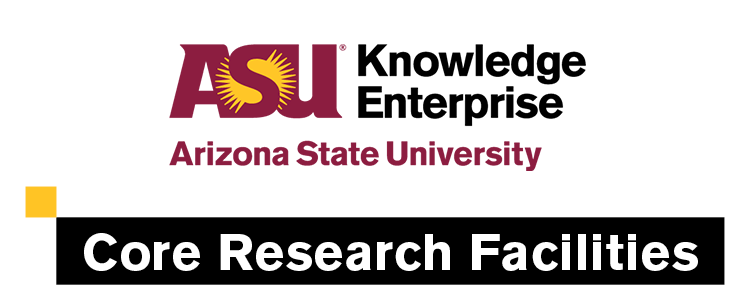
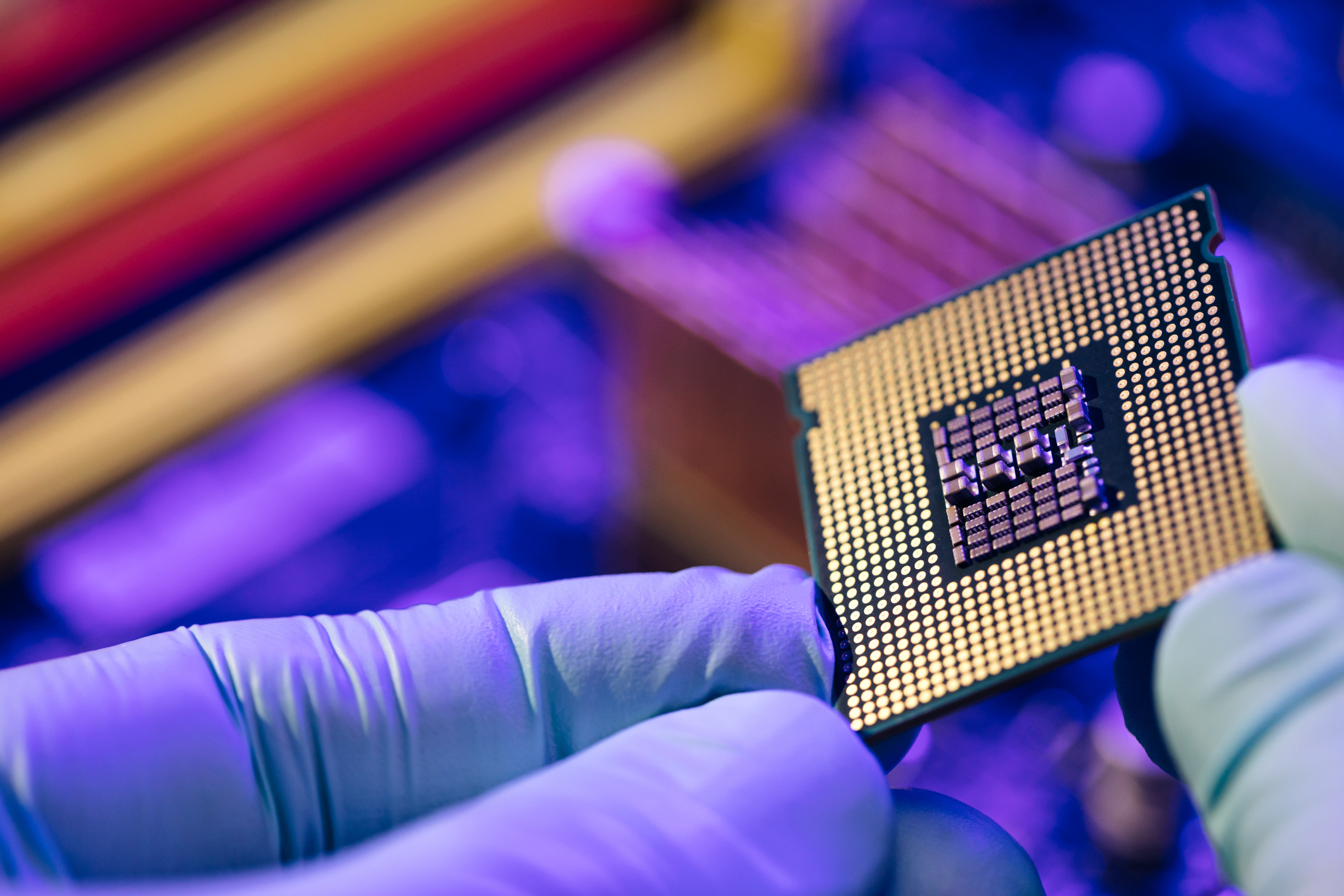
Welcome to the ASU Core Facilities Newsletter. We are ready to support all your research goals. Please follow our LinkedIn page for additional resources and community information.
Semiconductors - Photovoltaics
As an institute ranked #1 in Innovation, we strive to make the world a better place than it once was in the past. ASU is focusing on developing a pipeline of skilled workers in the semiconductor industry by utilizing the knowledge and resources of the Ira A. Fulton Schools of Engineering to advance research, development and innovation.
Semiconductors are an essential component of electronic devices, enabling advances in communications, computing, healthcare, military systems, transportation, clean energy and countless other applications. Working closely with leading microelectronics firms and leveraging Arizona’s investment in the New Economy Initiative, ASU is mobilizing the research and expertise, infrastructure and human capital necessary for industries and enterprises, large and small, to thrive.
Photovoltaics

In this first edition of our Semiconductor Newsletter Series, we will be covering how each of our Core Facilities connect to the topic of Photovoltaics, including their equipment!
For those who may be wondering, Photovoltaics is the conversion of light into electricity using semiconducting materials. The photovoltaic effect is a phenomenon studied in physics, photochemistry and electrochemistry. Creating solar photovoltaic energy doesn't emit greenhouse gases that affect climate change, making it the cleanest, most viable solution to prevent environmental degradation.
Eyring Materials Center
The Eyring Materials Center (EMC) supports photovoltaic research with most of its analytical instruments, analyzing a wide range of photovoltaic materials including the recently popular perovskite.
EMC can analyze films using surface analysis techniques such as X-ray Photoelectron Spectroscopy (XPS) on tools such as our Kratos Axis Supra+ and Rutherford Backscattering (RBS) on our ion beam accelerator. EMC's instruments are capable of looking at the thin film structure with X-ray Diffraction, providing valuable data for photovoltaic research.
Kratos Axis Supra+
IBeAM
On the small scale, EMC's dual beam FIB/SEM instruments, the Helios5UX, Nova 200 and Zeiss Auriga, can image a sample, measure film thicknesses or prepare a thin sample lamella to be imaged in one of our transmission electron microscopes. This will get a better characterization of the film chemistry at the atomic scale.
For packaged single crystal solar cells, one can also image the warpage of the crystal using X-ray topography. This is a unique and inventive way to obtain information otherwise not available.
Coming Soon
Thermo Fisher Scientific Talos F200i materials TEM
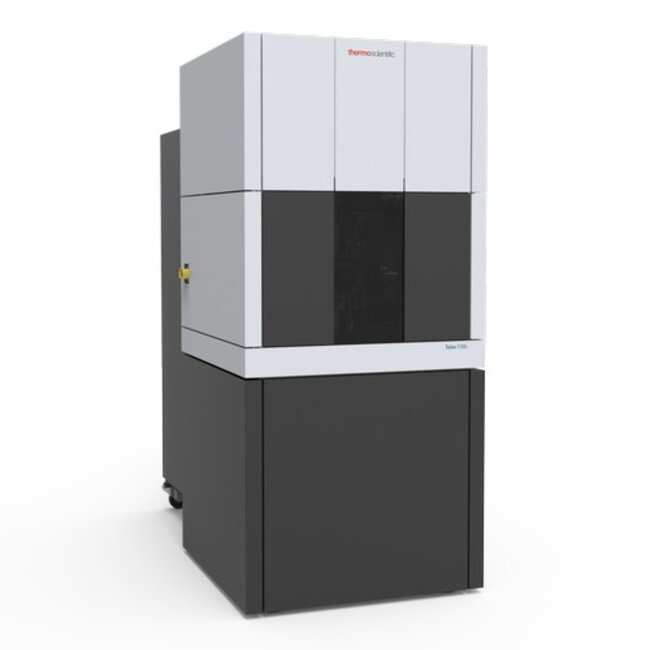
The new transmission electron microscope will be equipped with a dual EDS detector, a segmented detector for imaging flexibility and a direct electron detector for 4D STEM measurements providing everything needed for standard TEM imaging and analyses.
SigRay Quantumleap H2000 XAS
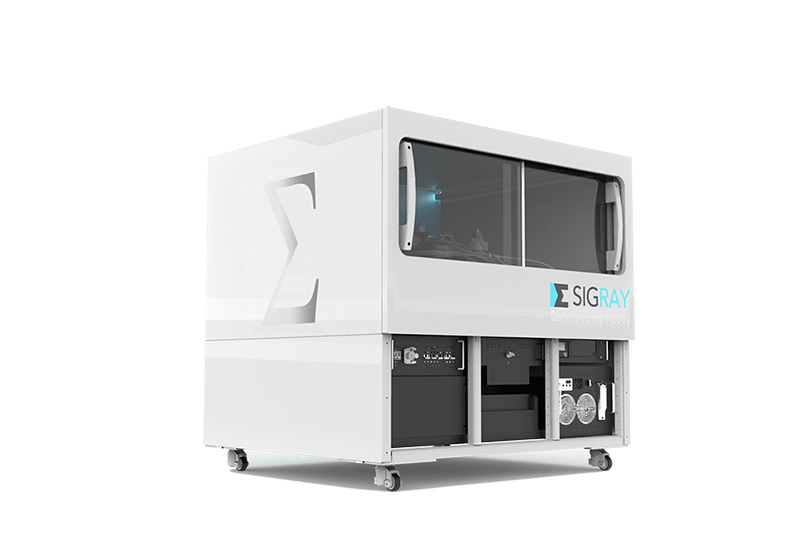
With an X-ray energy range from 4.5 to 25 keV, the X-ray absorption spectroscopy instrument will probe samples to provide information about the local geometric and electronic structure surrounding chosen element in the material.
Rigaku 3kW SmartLab
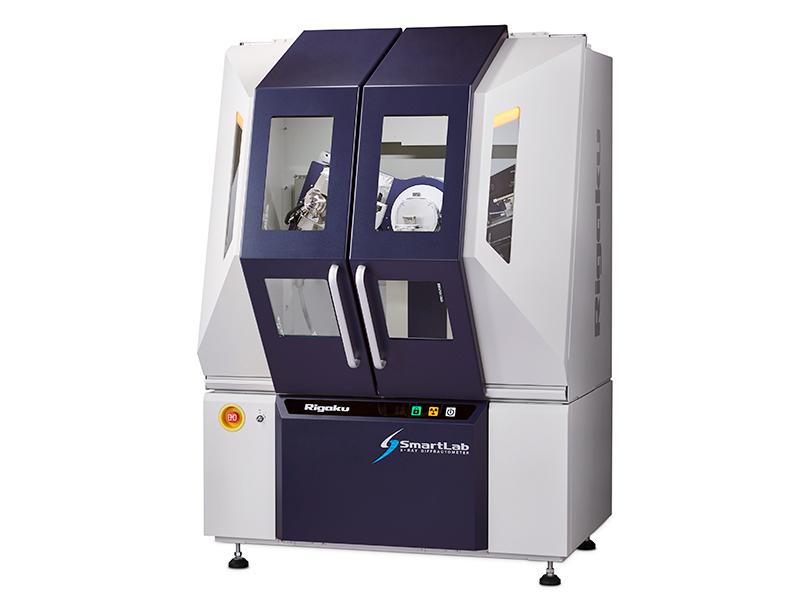
The Rigaku 3kW SmartLab high-resolution diffractometer will have a 2.2kW CuKalpha X-ray tube. It includes cross-beam optics with a parabolic mirror and a Ge(220) 4-bounce incident beam monochromator. The diffracted beam side includes the outstanding HyPix-3000 hybrid pixel detector and a modular beam path with a Ge(220) analyzer for triple-axis measurements. The horizontal stage geometry and extensive automation will bring versatility and user-friendliness. The new diffractometer will be especially useful for analyzing thin film, both polycrystalline and epitaxial, as well as powder samples.
Solar Fab
With solar cells approaching the theoretical conversion limit, the focus has shifted towards tandems. At ASU, research in this area is being advanced with the incorporation of a slot-die coater in the Solar Fab Core.
nRad Custom System
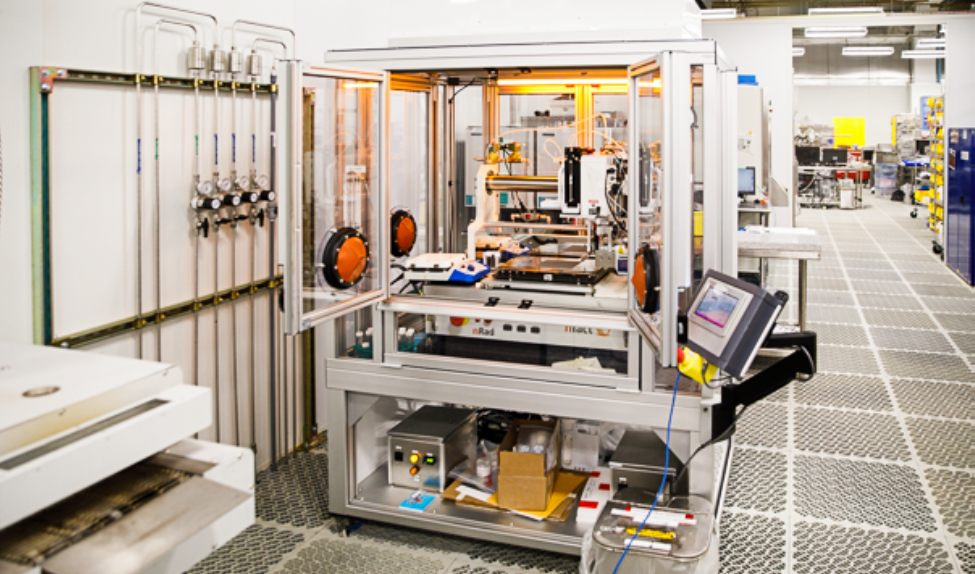
The nRad Custom System is a versatile slot-die coater platform that can handle perovskite inks as its process fluid and accommodate substrate sizes up to M2 and G1.
Solar simulators play a crucial role in evaluating the electrical properties of solar cells, with key parameters including efficiency, open circuit voltage, short circuit current density and series and shunt resistance. As the quality of the illumination provided by the solar simulator approaches that of natural light, it is possible to carry out testing indoors.
San-Ei Electric XHS-220S1-SA
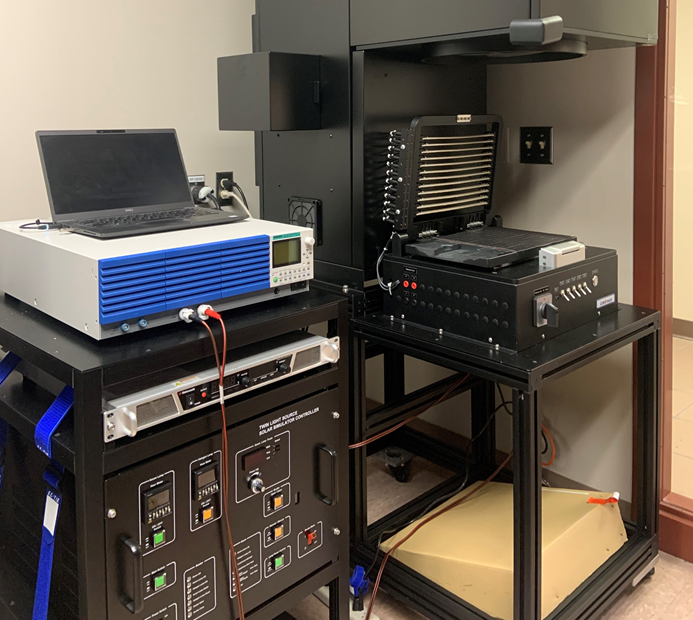
The San-Ei Electric XHS-220S1-SA is a High Spectral Match Solar Simulator that can accommodate M12 compatible substrate sizes.
Photoluminescence tools are crucial for characterizing photovoltaic devices. It operates on the principle of light emission resulting from the relaxation of excited states created in the material by an incident source, such as a laser.
BT Imaging LIS-R3
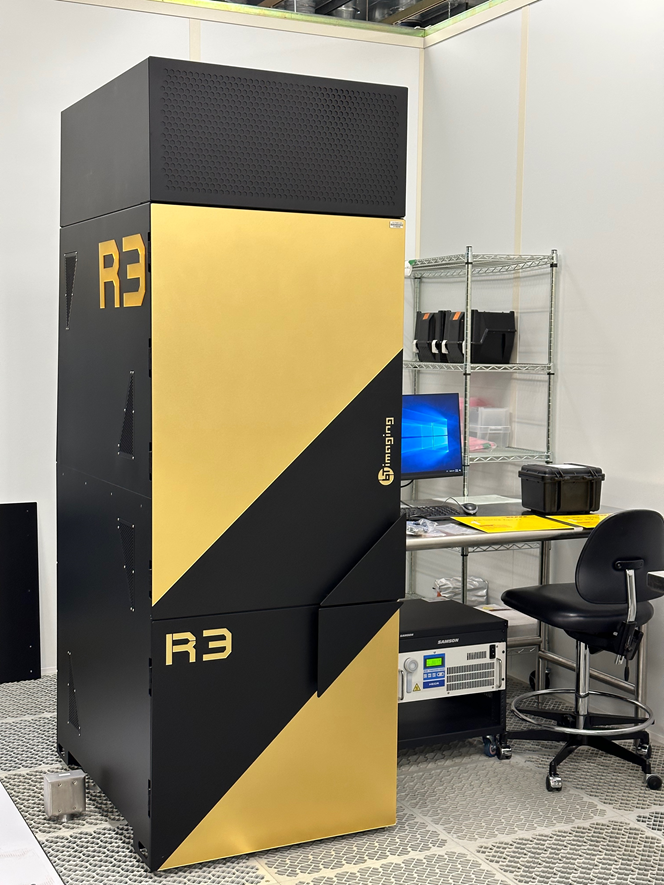
The BT Imaging LIS-R3 is a powerful lab tool, equipped with photoluminescence technology, that is ideal for process improvement, debugging and R&D in the field of photovoltaic devices. Learn more here.
The solar cell industry is following the semiconductor industry's move towards 300 mm wafer processing by using larger substrate sizes. The Solar Fab at ASU is upgrading its capabilities with new equipment to handle larger substrates.
Advanced Electronics and Photonics
The Advanced Electronics and Photonics Core Core facility has several pieces of equipment that can be used in the fabrication or characterization of solar cells.
Keyence VHX-7000 Optical Microscope
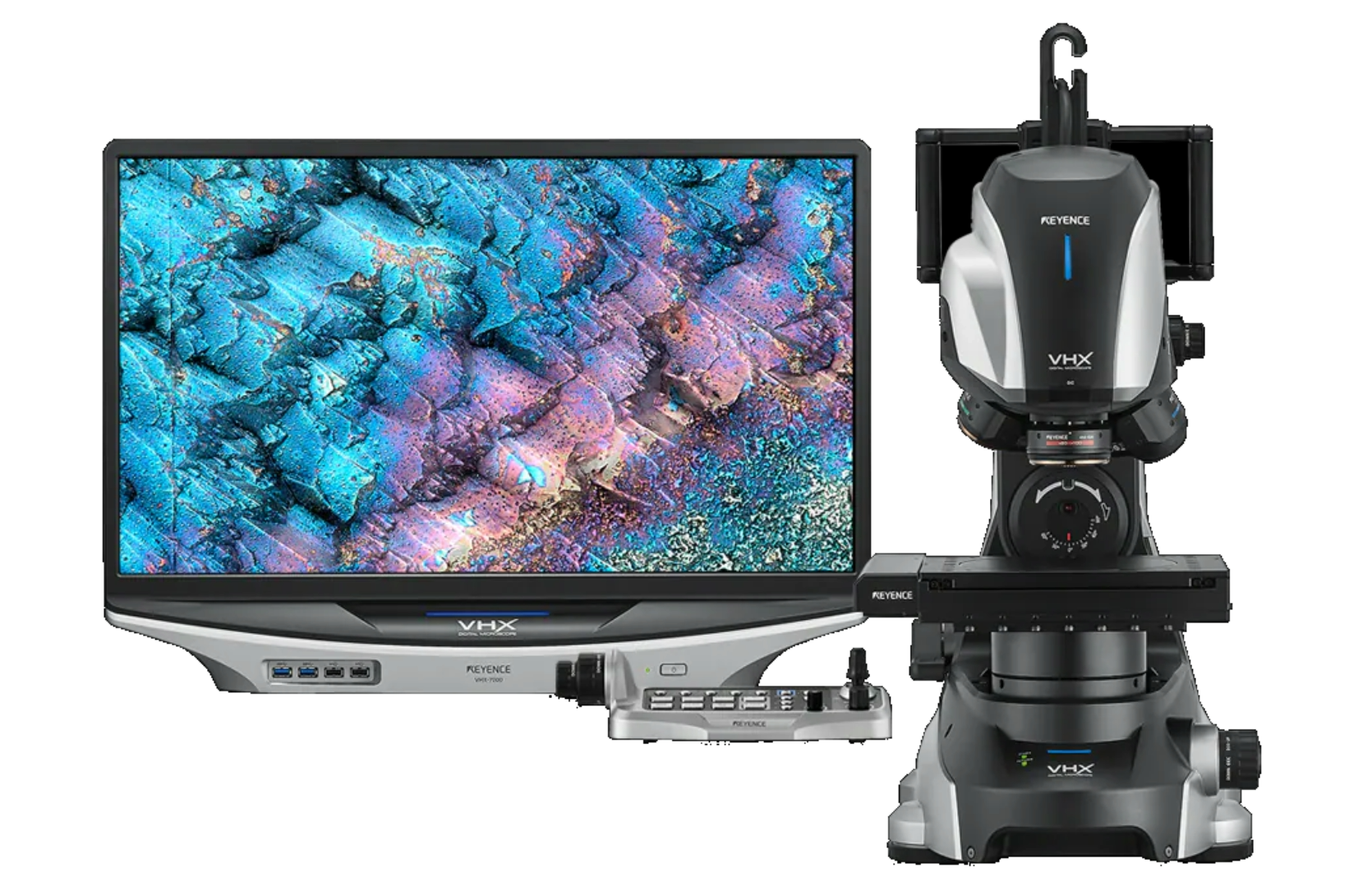
The Keyence VHX-7000 Optical Microscope has advanced imaging capabilities that make it possible to capture images with up to 6500x magnification. It is an ideal tool for critical dimension (CD) measurement and micron-scale topology mapping.
AKT 1600 PECVD System
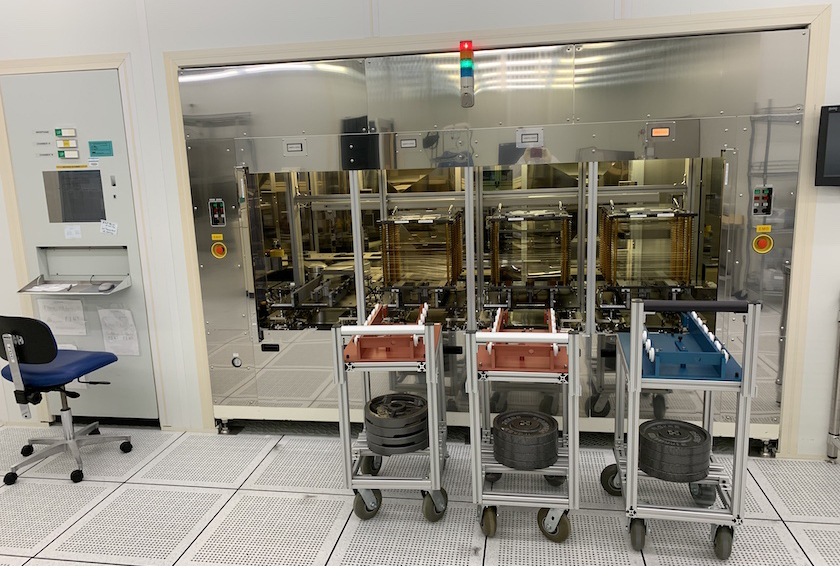
The AKT 1600 plasma enhanced chemical vapor deposition (PECVD) system is a powerful vacuum system used to convert reactive gaseous species into a solid film. The AKT can be fixtured to handle any solar cell substrates, holding at least two solar substrates per 370 mm x 470 mm panel.
MRC 603 Sputter System
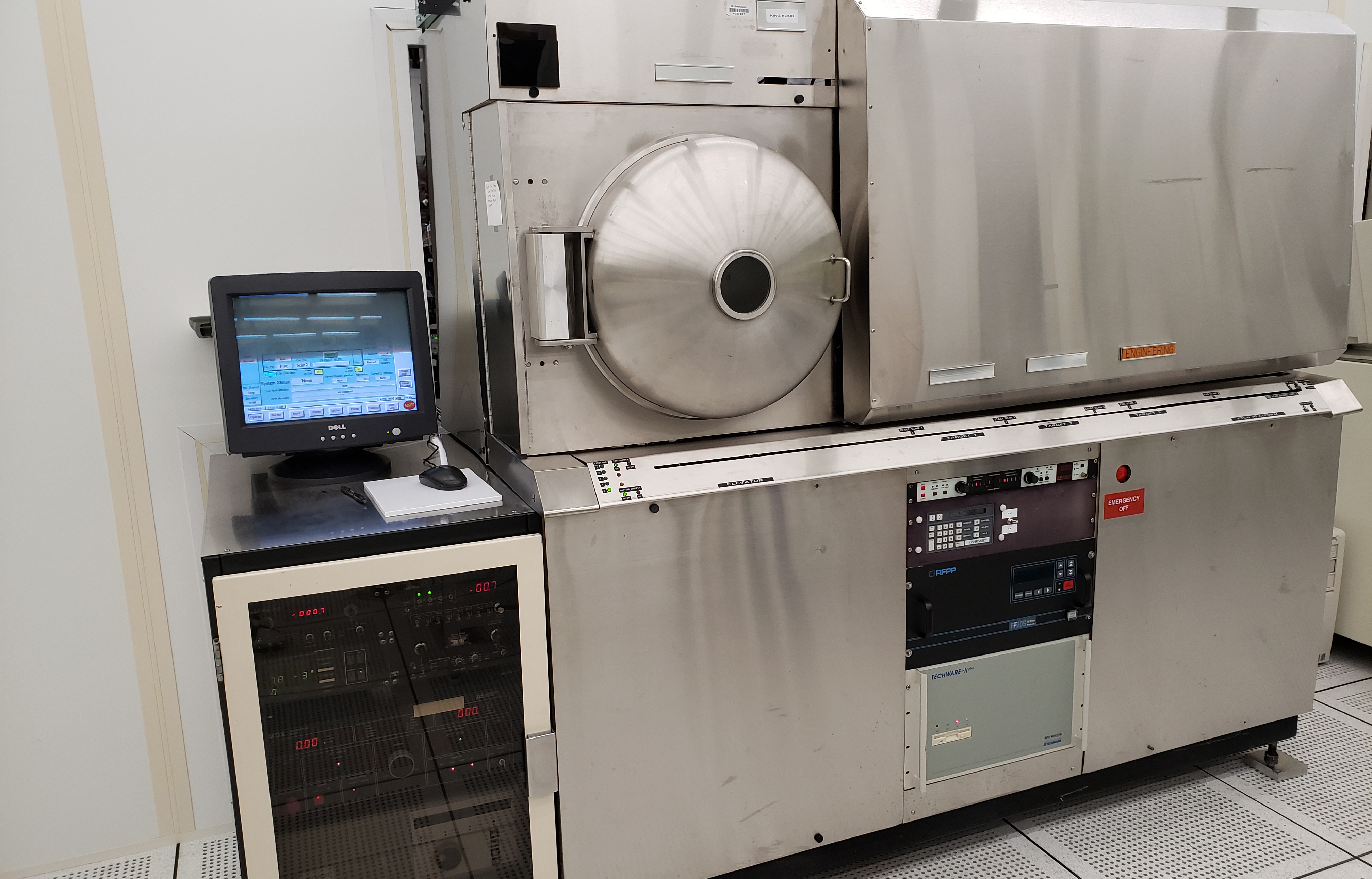
The MRC 603 sputter system is a vacuum system relying on plasma generated from argon and oxygen ions to release atoms from a metal or ceramic target These atoms are then deposited onto the surface of a solar cell.
Angstrom Glovebox with Spin Coater
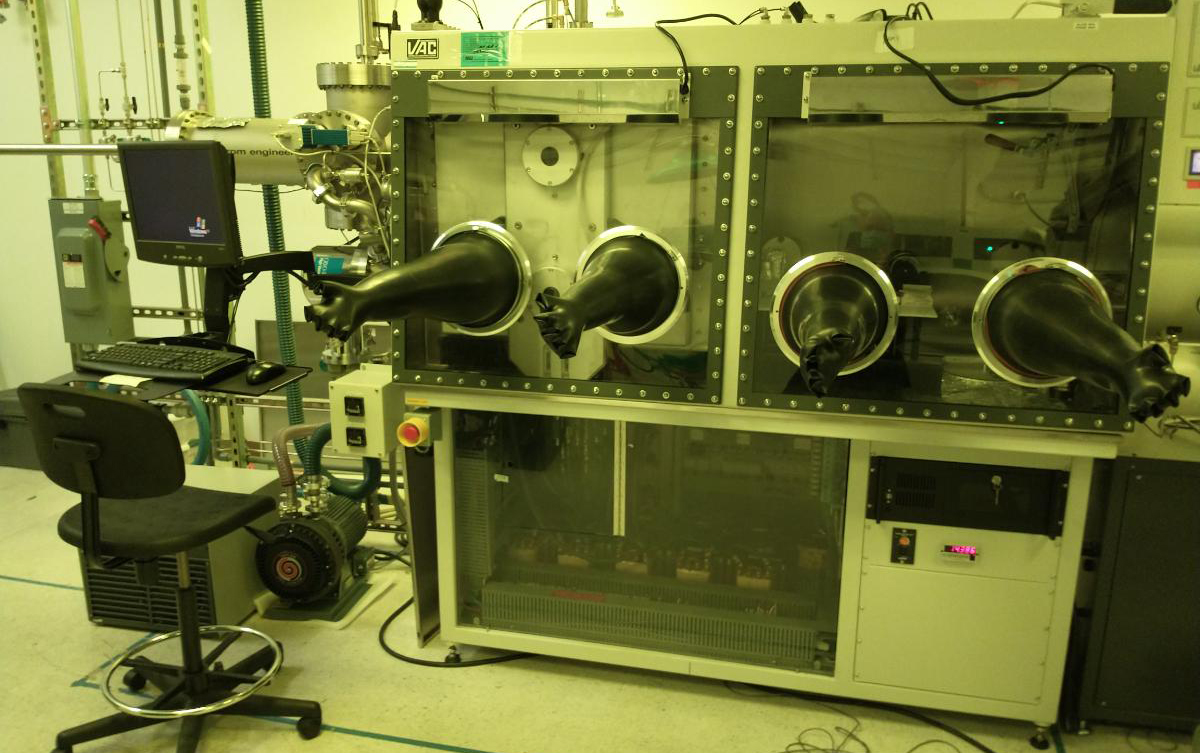
The Angstrom Engineering Glovebox evaporation deposition system with spin coater attachment operates in a nitrogen atmosphere to prevent oxidation or contamination of materials. The evaporation chamber is a vacuum system where material is heated to a vapor and deposited on substrates, such as solar cells.
Woollam M2000 Ellipsometer
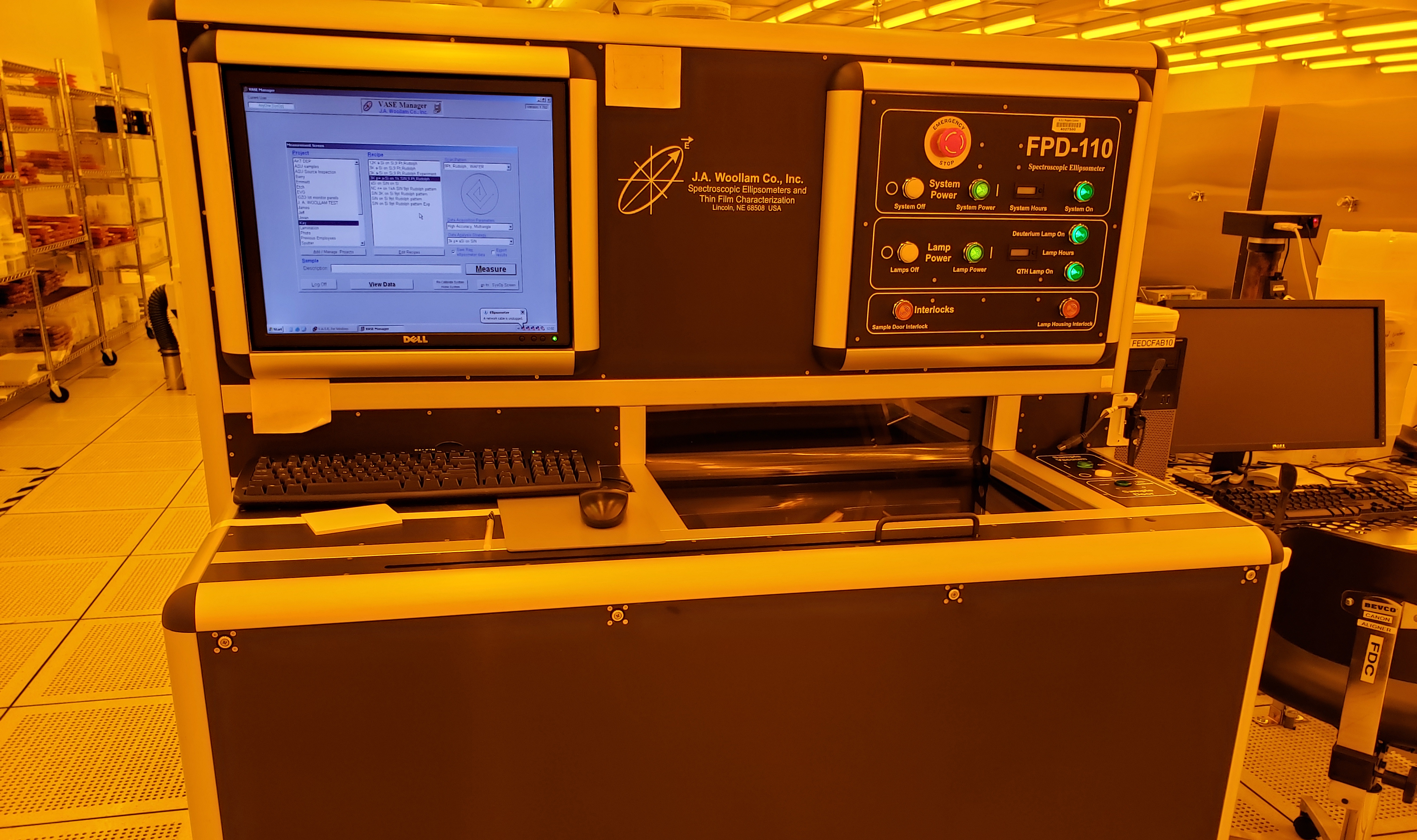
The Woollam M2000 Ellipsometer is a powerful tool used for measuring the thickness and optical constants of thin films. Precise thickness control is critical for optimal solar cell performance, making the Woollam M2000 Ellipsometer an essential instrument for any solar research lab.
NanoFab
The NanoFab Core facility has several pieces of equipment that can be used to fabricate photovoltaic devices.
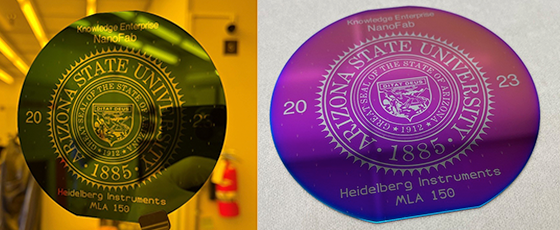
Heidelberg MLA-150
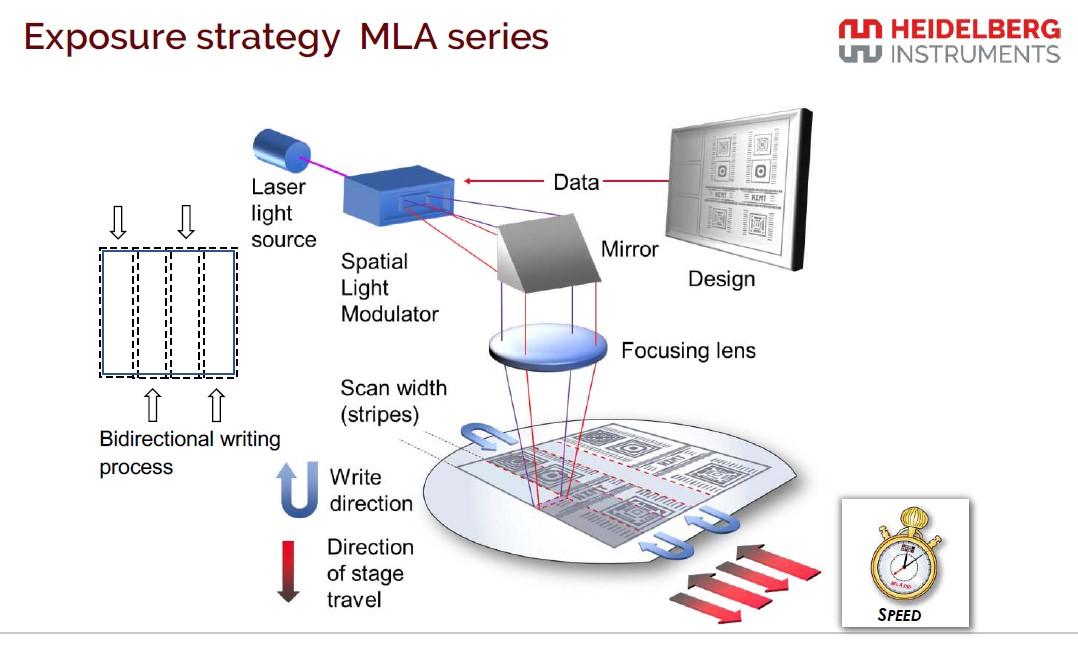
The Heidelberg MLA-150 Direct Write Lithography System is a powerful tool that enables printing at high resolutions down to 0.6um and pattern placement accuracy of ±0.5um globally and ±0.25um with localized alignment.
PlasmaTherm Apex ICP
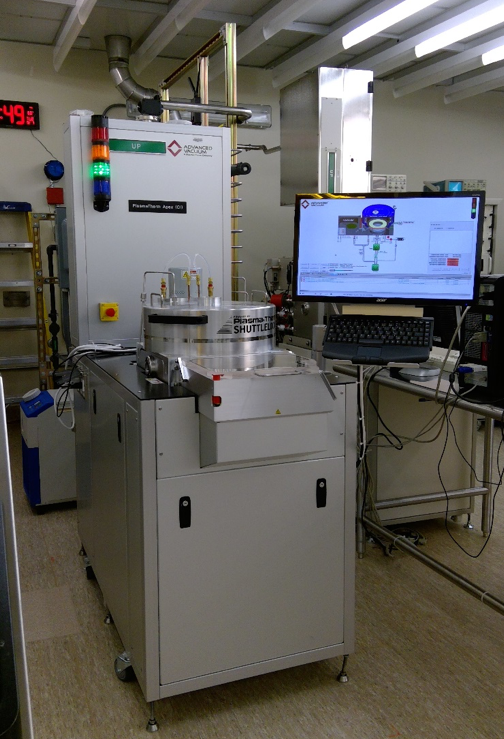
The PlasmaTherm Apex ICP is a highly advanced etch system designed for compound semiconductors and dielectrics. The tool is capable of accommodating 150 mm wafers with one SEMI flat and irregularly shaped samples on a 150 mm carrier.
STS ICP DRIE
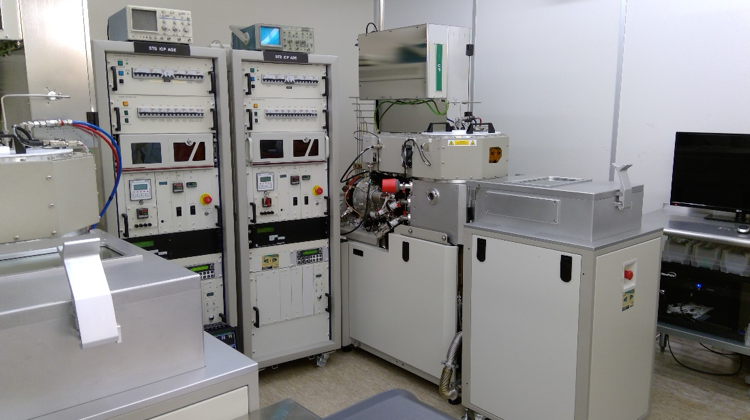
The STS ICP Deep Reactive Ion Etch System (DRIE) is a highly specialized system used for deep silicon etching using the Bosch process. The STS ASE ICP DRIE is a load locked, inductively coupled plasma etch system.
Core Facilities News - April 2023 - Regenerative Medicine Core Highlight

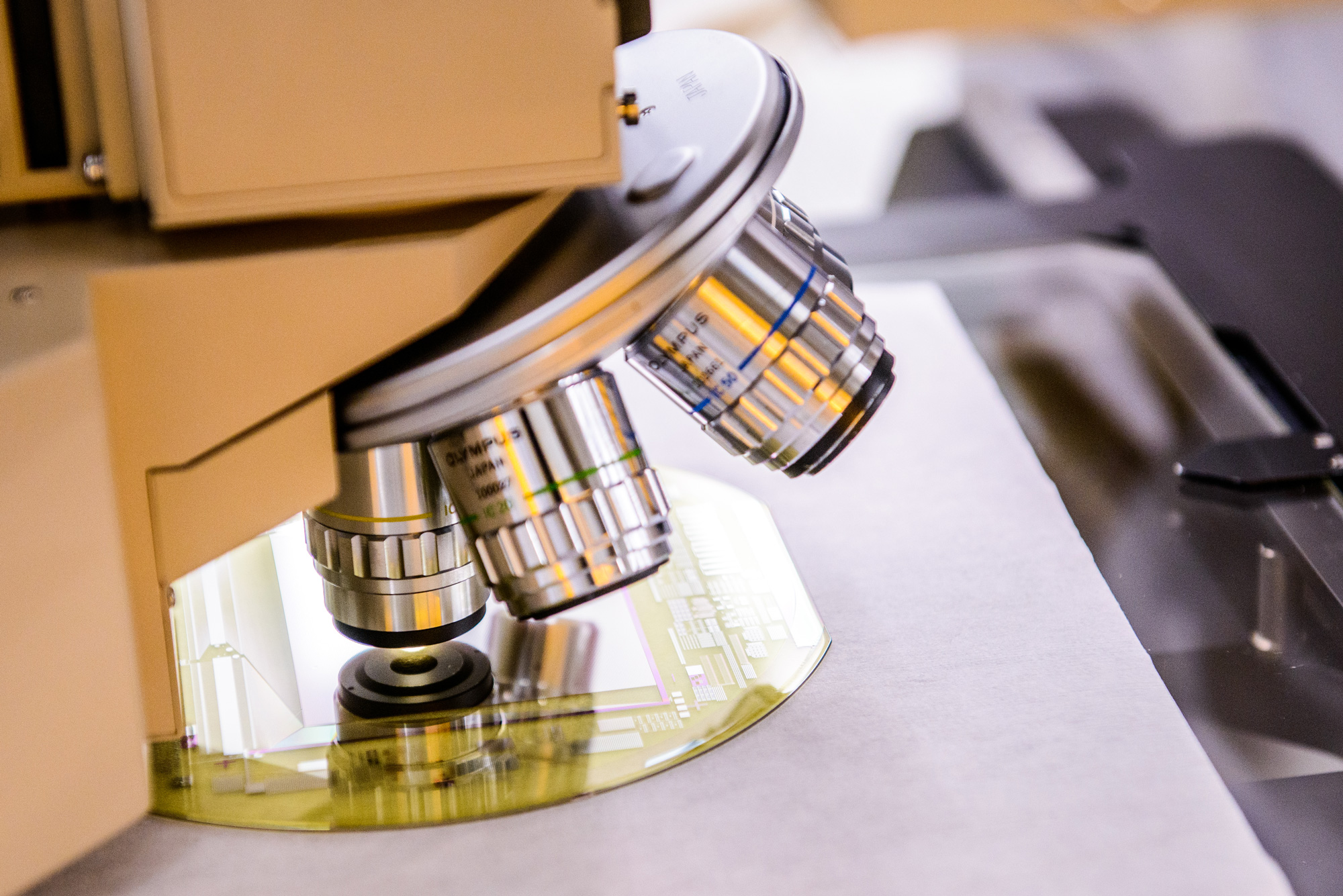
Welcome to the ASU Core Facilities Newsletter. We are ready to support all your research goals. Please follow our LinkedIn page for additional resources and community information.
Core of the Month: Regenerative Medicine Core
Located in the Interdisciplinary Science and Technology Building I, the Regenerative Medicine Core facility offers Cell Culture, Histology, Flow Cytometry and Advanced Light Microscopy services to ASU researchers and the surrounding scientific community.
Regenerative Medicine Core Facility introduces the Leica automated histology suite
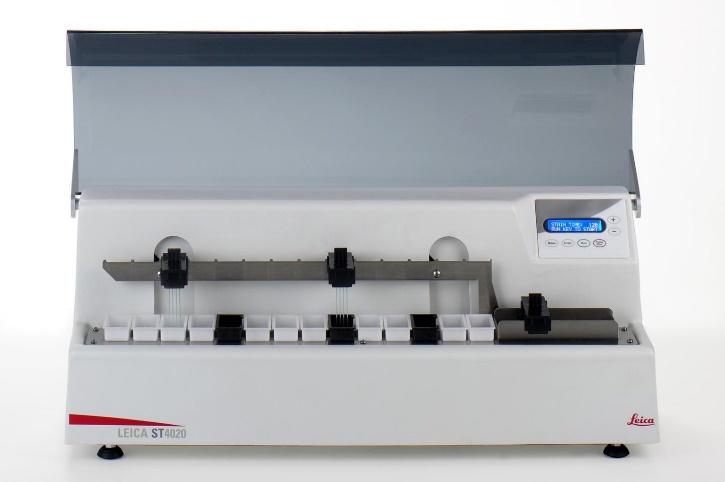
The Leica histology suite will expand our current sample processing capacity, provide improved consistency and higher throughput by adding an automated tissue processor and stainer. Full histology services and technical assistance are available. The full histology suite will be ready Summer 2023.
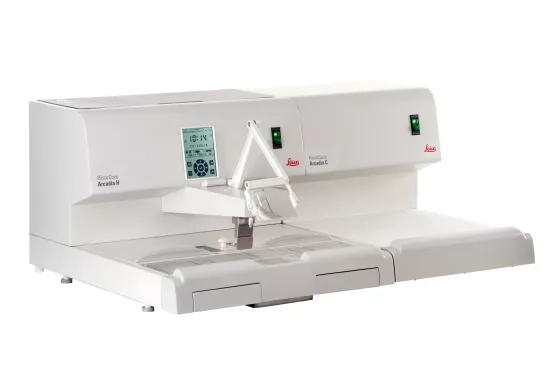
Regenerative Medicine Core Facility combines multiple Cores under its umbrella
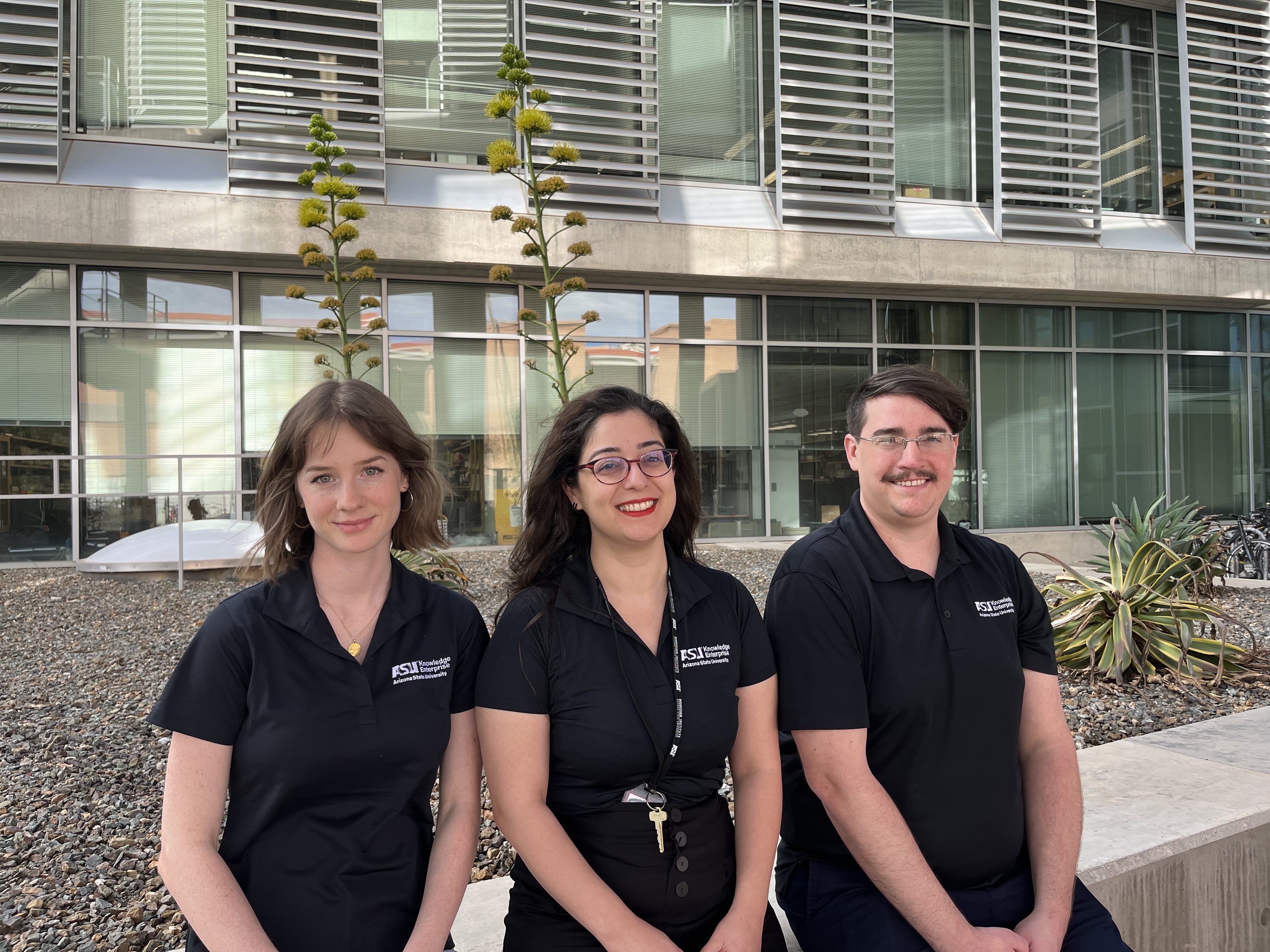
Looking for a reliable and expert core facility for your research needs? Look no further than our state-of-the-art facility! Our staff scientists have a wide range of skills and training in fields such as animal handling, cell biology, microbiology, molecular biology, imaging, genetics and more. See how our expert team and world-class facilities can support your tissue and stem cell culture-based research goals.
Connect with us to learn more.
Publications
Significance of Secondary Fe-Oxide and Fe-Sulfide Minerals in Upper Peak Ring Suevite from the Chicxulub Impact Structure
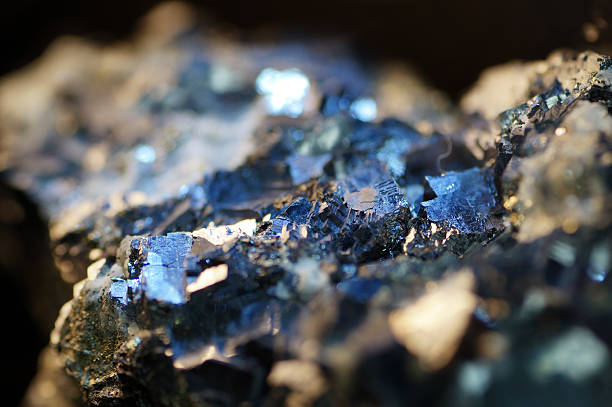
ASU's Eyring Materials Center along with a team of researchers investigated the nature and occurrence of primary and secondary Fe-oxide and Fe-sulfide minerals to better understand hydrothermal trends such as mineral precipitation and dissolution, and to document the remobilization of Fe and associated siderophile elements within suevites.
Regenerative Medicine Core Fun Fact
Scientists Use 3-D Printer to Speed Human Embryonic Stem Cell Research
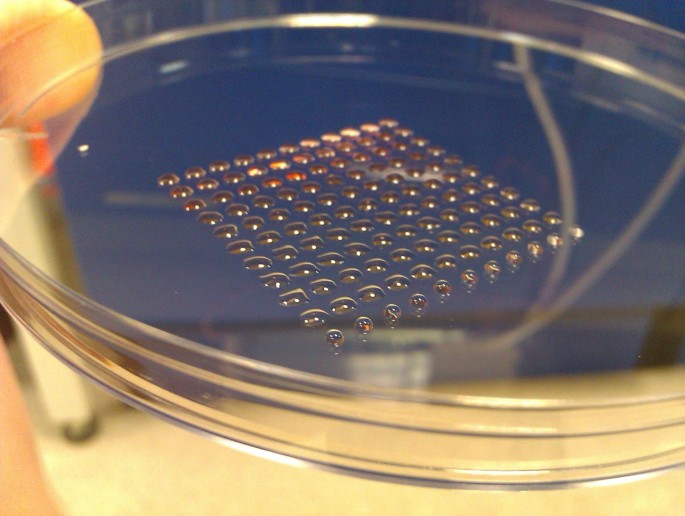
A team of scientists is reporting a breakthrough in 3-D printing using human embryonic stem cells that could purportedly lead to life-like bioengineered tissue and, eventually, artificial organs tailor-made for specific patients. Learn more of this breakthrough through the link in the title and image.
Core Facilities News - March 2023 - New Equipment Showcase

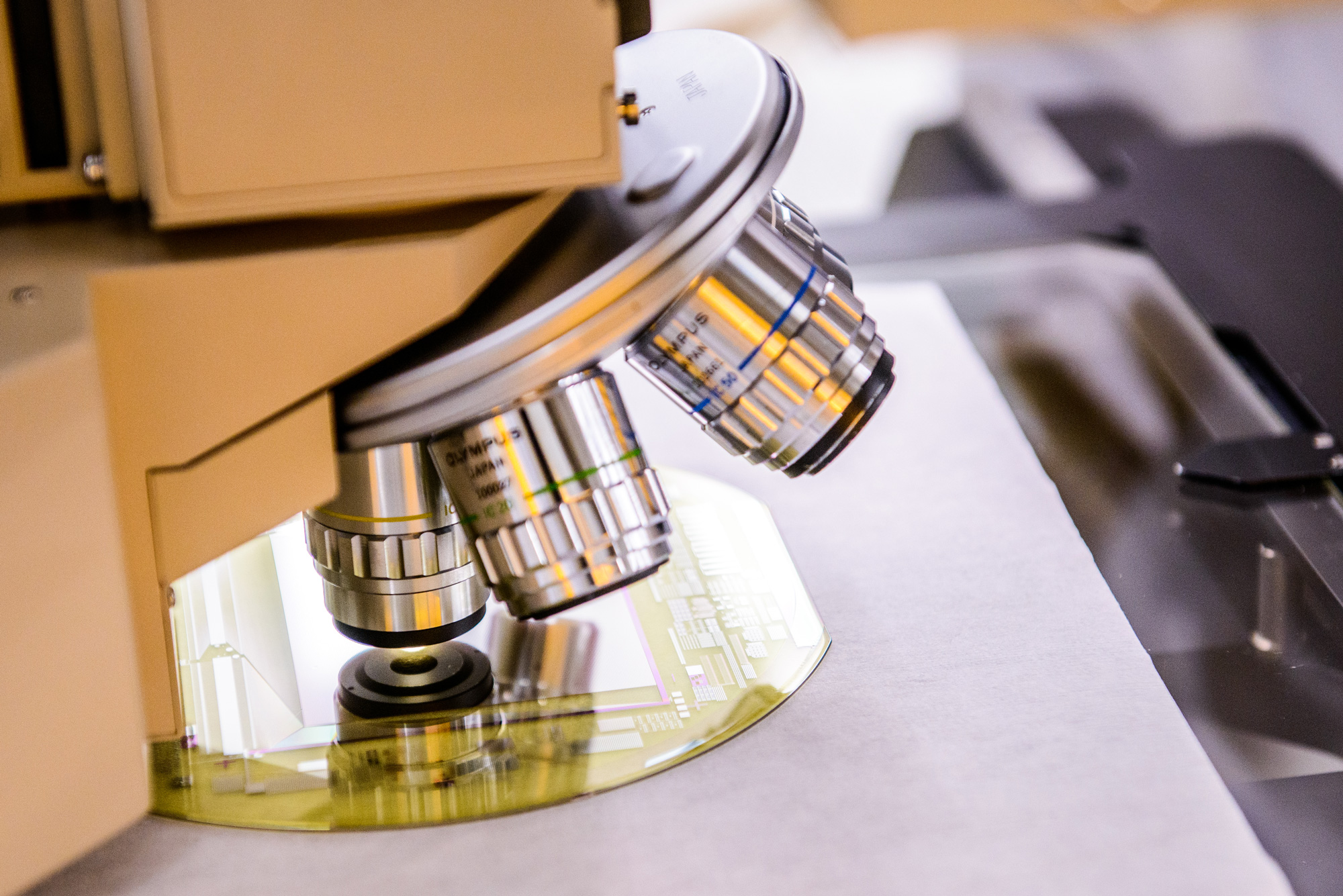
Welcome to the ASU Core Facilities Newsletter. We are ready to support all your research goals. Please follow our LinkedIn page for additional resources and community information.
Core Facilities New Equipment Showcase
Eyring Materials Center
Ion Beam Analysis of Materials (IBeAM)
The IBeAM is used to analyze a wide range of materials and can provide compositional information from the top few micrometers of solid surfaces.
Kratos Axis Supra+ XPS
The Kratos Axis Supra+ XPS provides surface chemical composition and bonding state information for thin films.
Talos L120C Life Science TEM
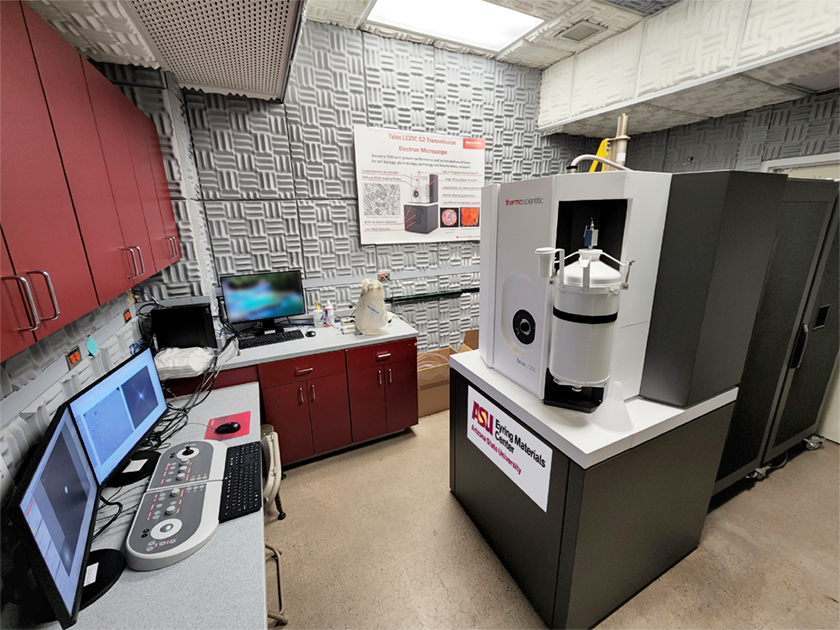
Transmission electron microscope primarily aimed at life science sample imaging operating at acceleration voltage up to 120kV with a point resolution better than 0.37nm in TEM mode.
Leica Ice High Pressure Freezer and Freeze Substitution:

High pressure freezing is used to preserve biological samples in their native state and can provide results superior to the traditional chemical-fixation technique.
Coming Soon!
Thermo Fisher Scientific Talos F200i materials TEM
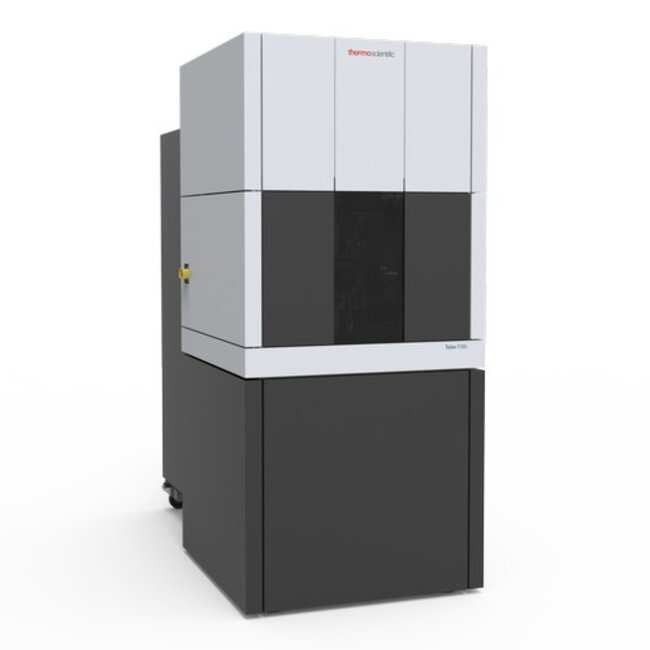
The new transmission electron microscope will be equipped with a dual EDS detector, a segmented detector for imaging flexibility and a direct electron detector for 4D STEM measurements providing everything needed for standard TEM imaging and analyses.
SigRay Quantumleap H2000 XAS
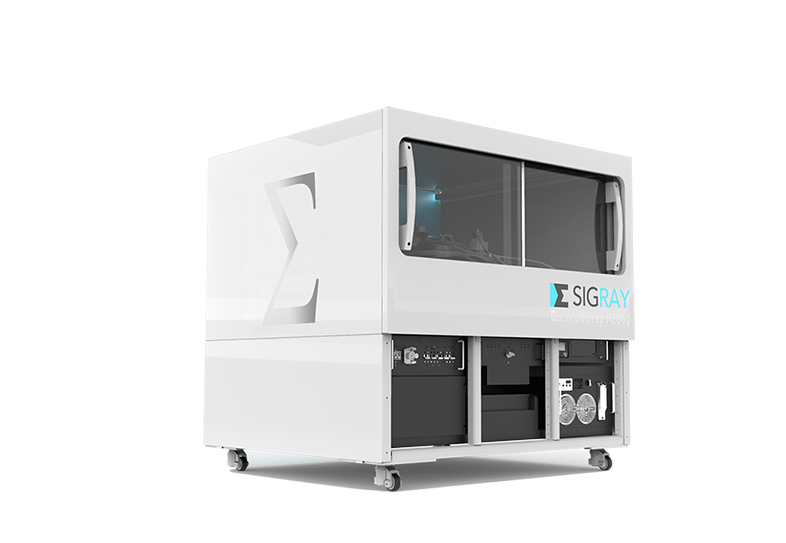
With an X-ray energy range from 4.5 to 25 keV, the X-ray absorption spectroscopy instrument will probe samples to provide information about the local geometric and electronic structure surrounding chosen element in the material.>/p>
Xenoxs Xeuss 3.0 SAXS
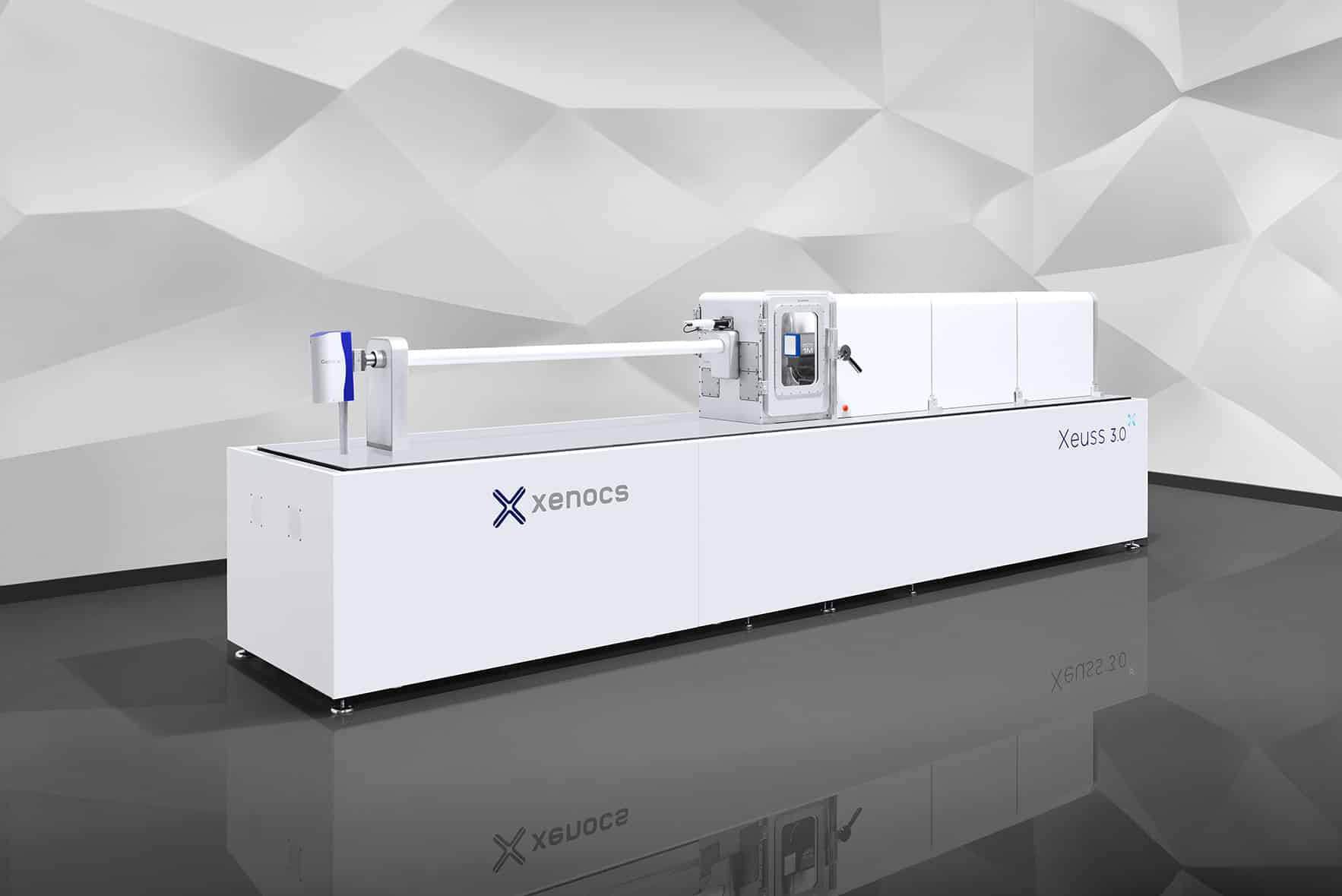
The latest generation small angle X-ray scattering instrument from Xenocs, will profile multiple x-ray source and outstanding resolution to characterize nanostructure of materials in transmission and grazing geometry.
More about what the Eyring Materials Center offers.
Solar Fab
San-Ei Electric XHS-220S1-SA
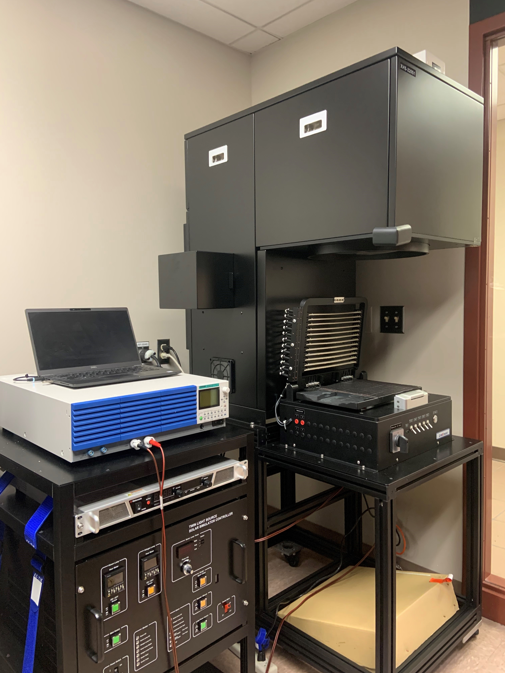
The Solar Fab's new high spectral match (xenon and halogen lamps) solar simulator is compatible with M12 solar substrates.
Advanced Electronics and Photonics Core
Keysight PD1500A Dynamic Power Device Analyzer/Double Pulse Tester
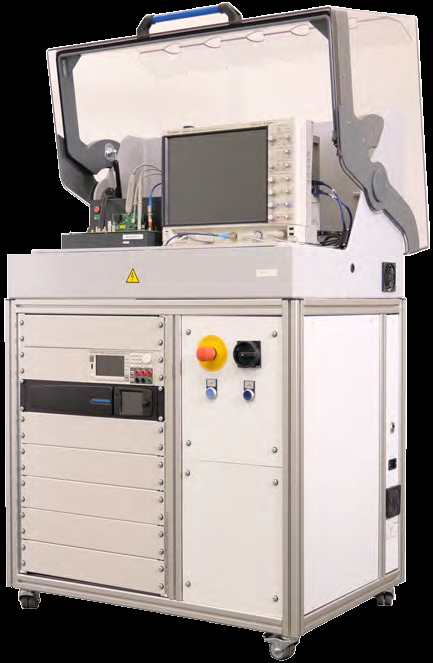
As an off-the-shelf measurement solution, the PD1500A delivers reliable, repeatable measurements of wide-bandgap semiconductors. The platform ensures user safety and protection of the system’s measurement hardware.
Keysight B1505A Power Device Analyzer/Curve Tracer
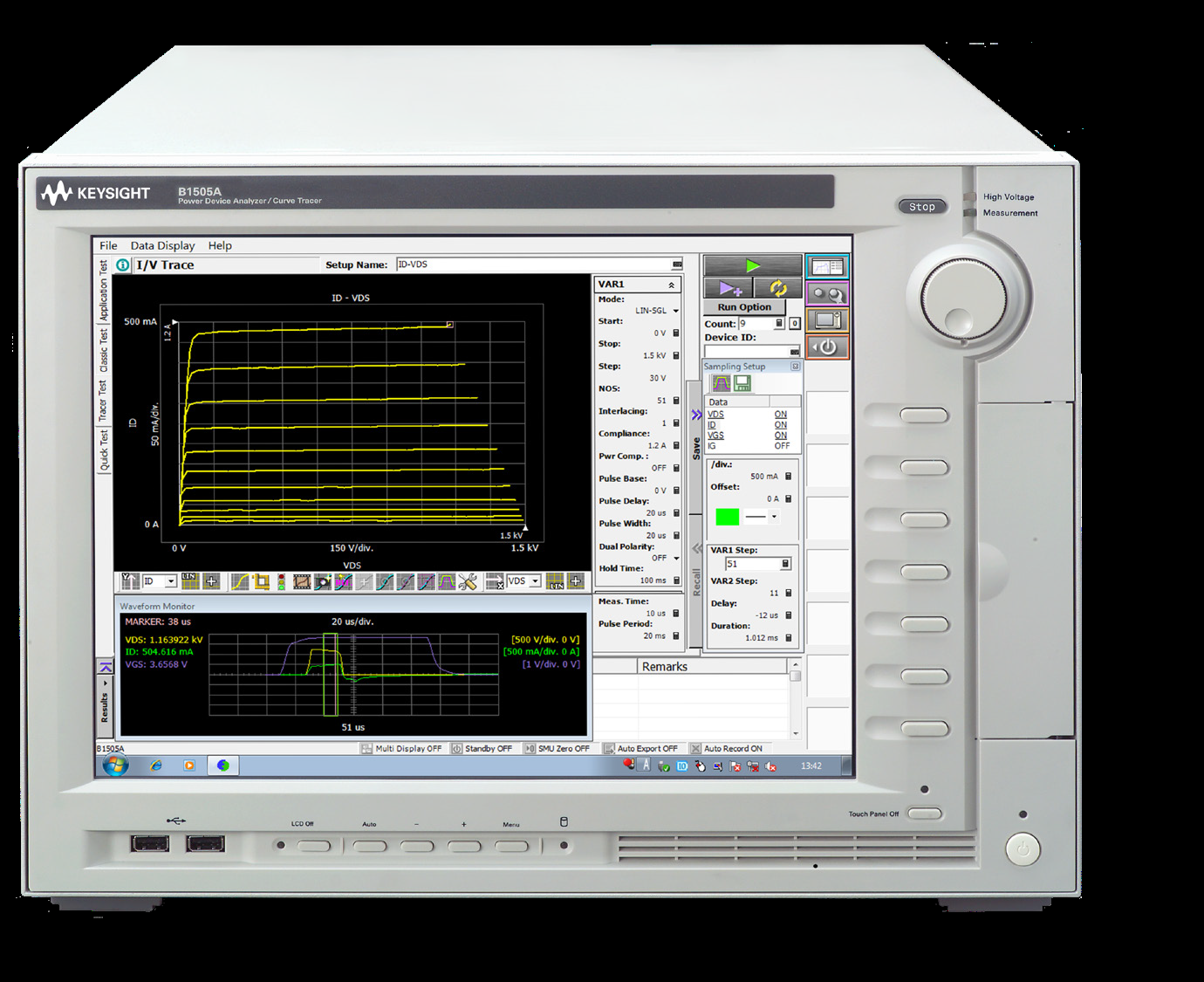
B1505A Power Device Analyzer / Curve Tracer is a single box solution for power device evaluation from sub-pA to 10 kV & 1500 A. Precise measurement capabilities with 10 µs pulse and µΩon-resistance measurements.
The Heidelberg MLA 300
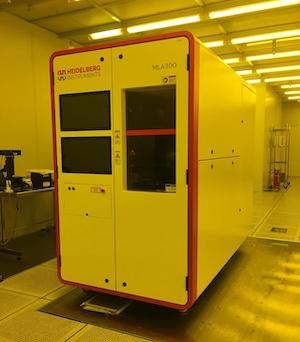
The Maskless Aligner MLA 300 provides high throughput, simplified workflow and integration with manufacturing execution systems (MES). This tool is used for the production of sensors and sensor ICs, MEMS and microfluidic devices.
Mettler Toledo Compact C30SD and Excellence T7 Titrators

The C30SD has an InMotion KF Pro Oven Autosampler, which is designed for water determination by an oven extraction technique. The T7 expands modularity for Excellence line titrators, from 1 to 4 total burettes plus an extra sensor board to grow with advanced needs including KF.
How the AEP Core helps advance semiconductor R&D.
NanoFab
The Heidelberg MLA-150 Direct-write Lithography System
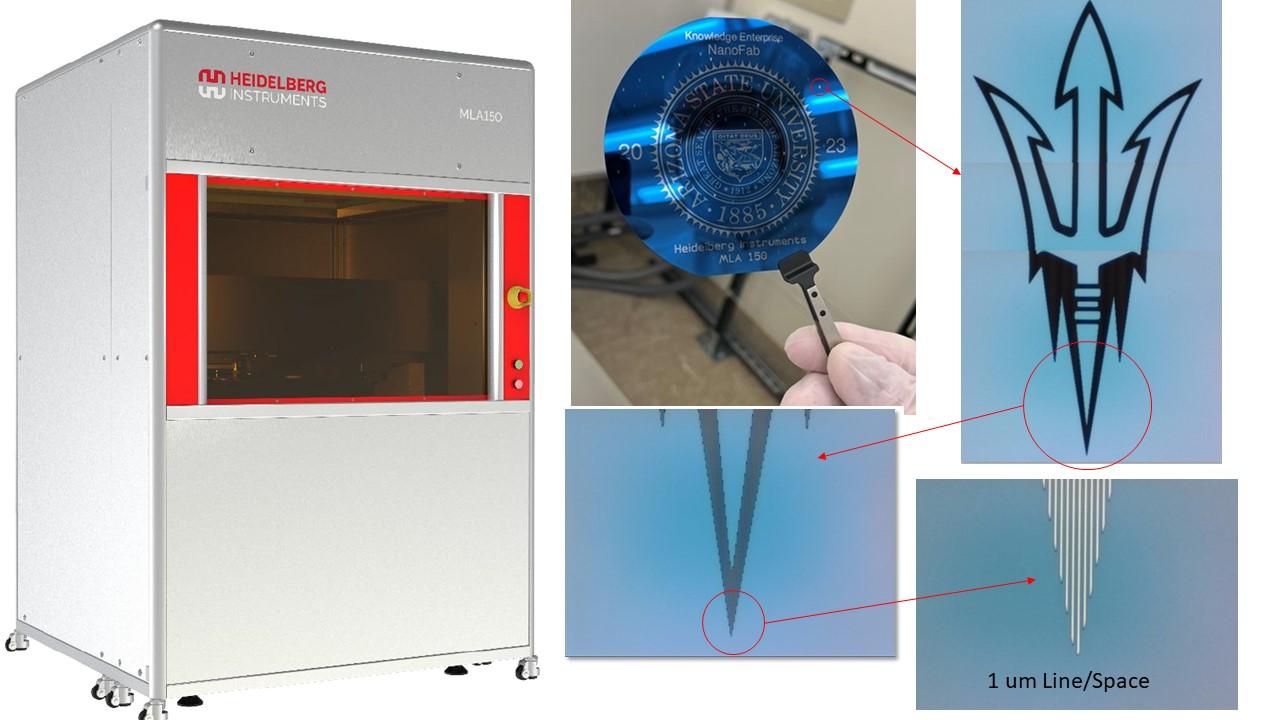
The MLA-150 is a high speed direct-write lithography tool extended by capabilities formerly only available on Mask Aligners. It can expose the patterns directly without prior fabrication of a mask resulting in a significantly shorter prototyping cycle.
Learn more about this flexible nanoscale processing and fabrication facility.
Biosciences
BD Symphony S6 Fluorescence Activated Cell Sorter

A 6-way sorter equipped with 5 lasers and capable of analyzing up to 25 different colors. This instrument adds cutting-edge technology to the performance of the BD FACSAria™ Fusion Cell Sorter and the innovative optics of the BD FACSymphony™ A5 Cell Analyzer to power your scientific discovery.
Bruker Rapiflex Maldi-TOF/TOF Mass Spectrometer

Our newest addition to the Mass Spec Core facility is a state-of-the-art Bruker Rapiflex Maldi-TOF/TOF mass spectrometer to be used by researchers across the spectrum of biomedical research at ASU.
IVIS Lumina S5
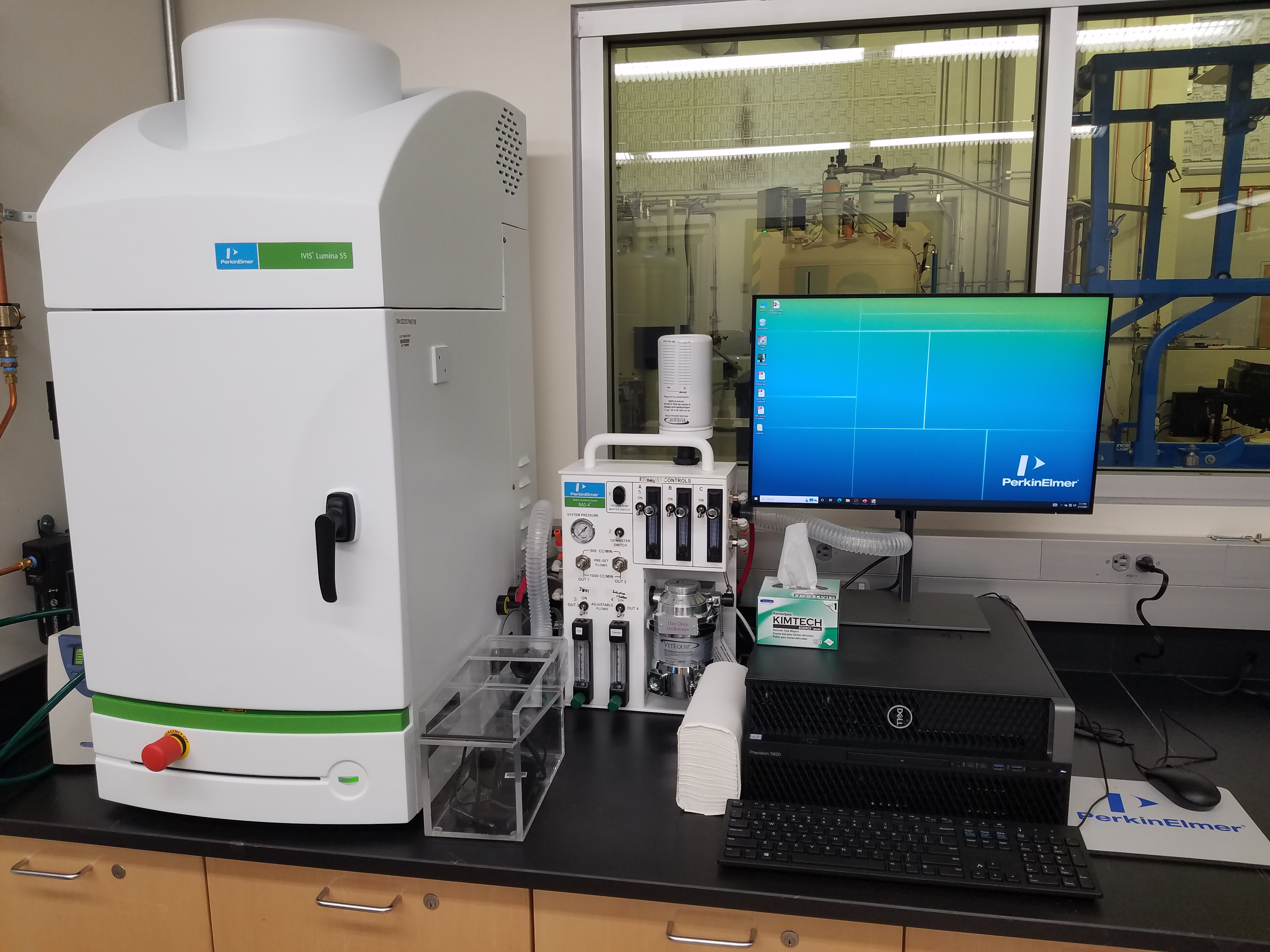
The IVIS Lumina S5 combines 2D in vivo bioluminescence and fluorescence imaging with an expanded five mouse field of view for 2D optical imaging and state of the art spectral unmixing features for sensitive multispectral imaging.
Coming Soon!
Helios-EOS Spectrometer & TCSPC Spectrometer
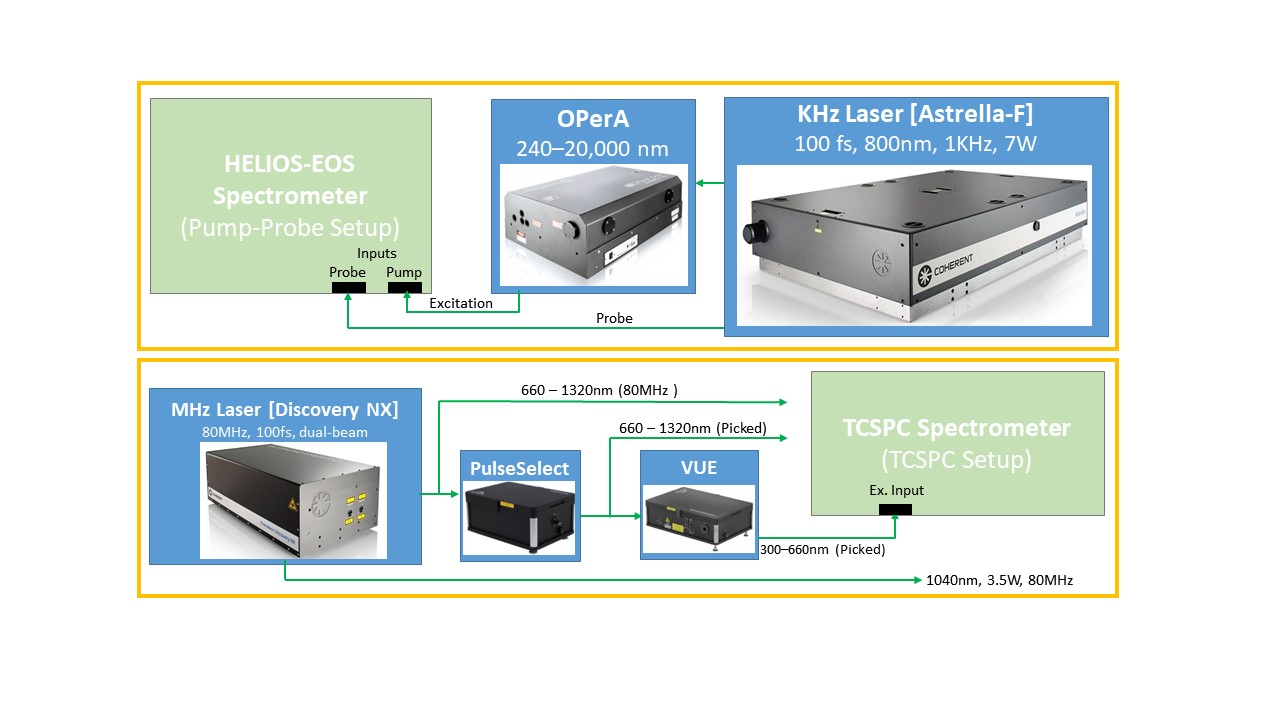
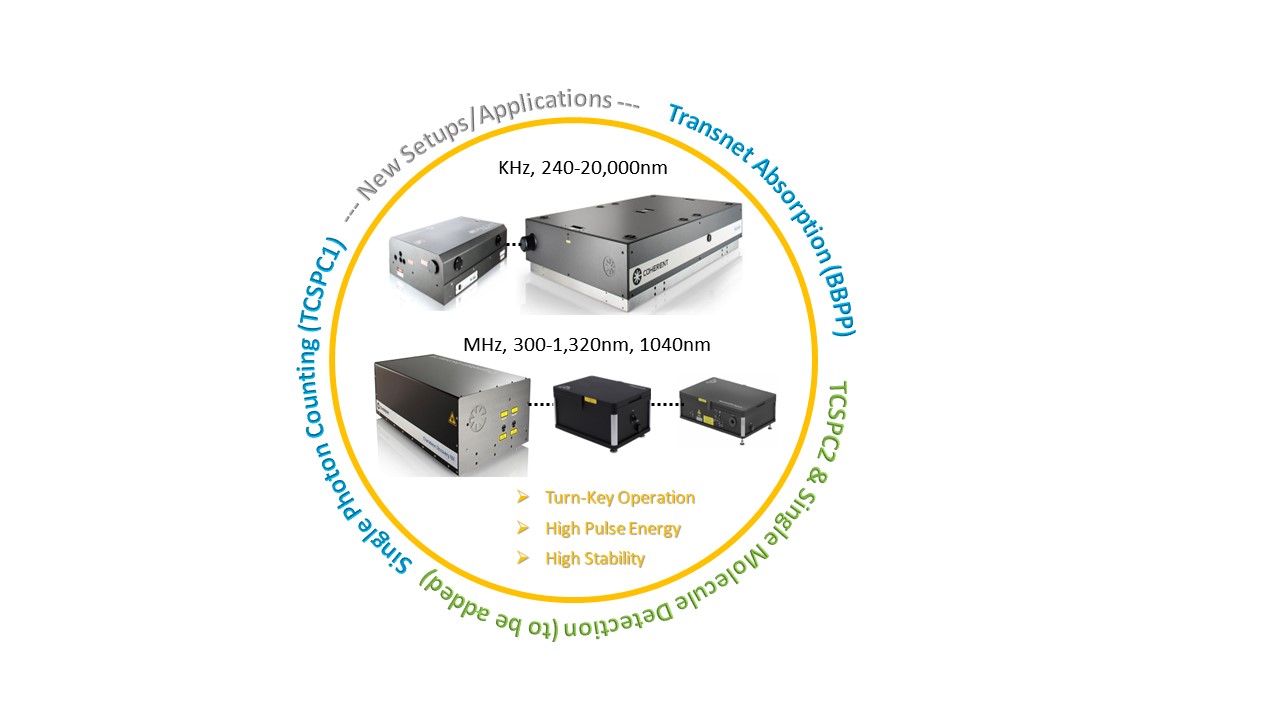
These new Ultrafast Laser system setups are capable of driving multiple instruments in ultrafast dynamic studies.
How our Biosciences Cores advances research.
Instrument Design & Fabrication
Fanuc Robocut C400iC Wire EDM
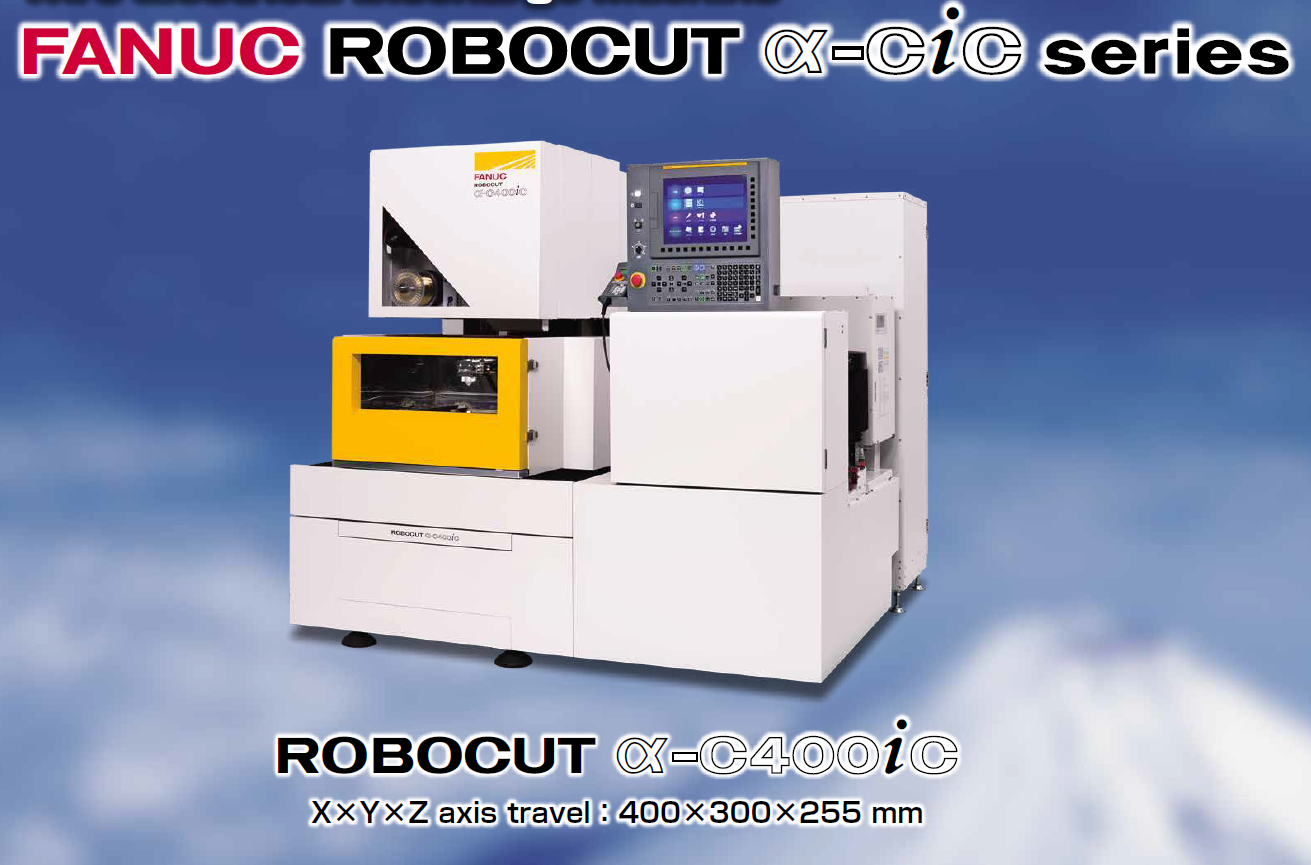
The Instrument Design & Fabrication core facility is pleased to announce the recent addition of our Fanuc Robocut C400iC Wire EDM. The instrument features the powerful FANUC 31i-WB control with new iHMI User Interface, enhanced Automatic Wire Feed System and an advanced all digital power supply.
Discover the many different ways the IDF Core can prototype projects.
Research Computing
Canyon
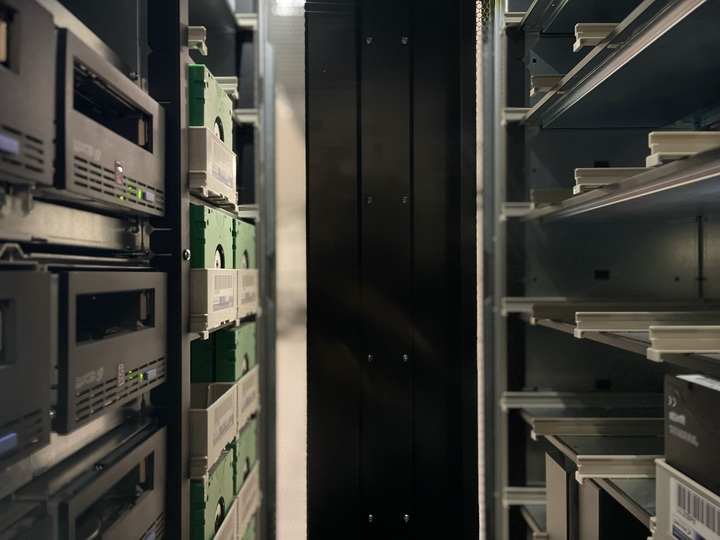
Presenting ASU Research Computing's new long-term tape storage, Canyon.
The various ways Research Computing is driving discovery at ASU.
Overleaf Professional now available to the ASU Research Community!
The Knowledge Enterprise at Arizona State University with W.P. Carey School of Business, Fulton Schools of Engineering, and The College of Liberal Arts and Sciences are providing Overleaf Professional for all faculty, students, and staff who would like to use a collaborative, online LaTeX editor for their projects. The benefits of the Overleaf product are that it is a collaborative tool, offers history and track changes features, has a standard compiler for reproducibility, offers centralized cloud storage for files, and can be integrated with Dropbox and GitHub.
Access Overleaf Professional here: https://www.overleaf.com/edu/asu#overview.
Core Facilities News - February 2023 - Research Computing Highlight

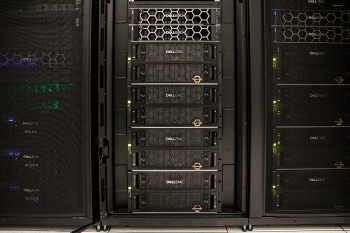
Welcome to the ASU Core Facilities Newsletter. We are ready to support all your research goals. Please follow our LinkedIn page for additional resources and community information.
Core of the Month: Research Computing
ASU Research Computing enables research and discovery through the application of advanced computational resources to scientific challenges. ASU's Sol Supercomputer recently received a major performance boost with the installation of over 230 GPU devices, adding to the over 18,000 CPU cores and 4PB of data storage available on the Sol machine.
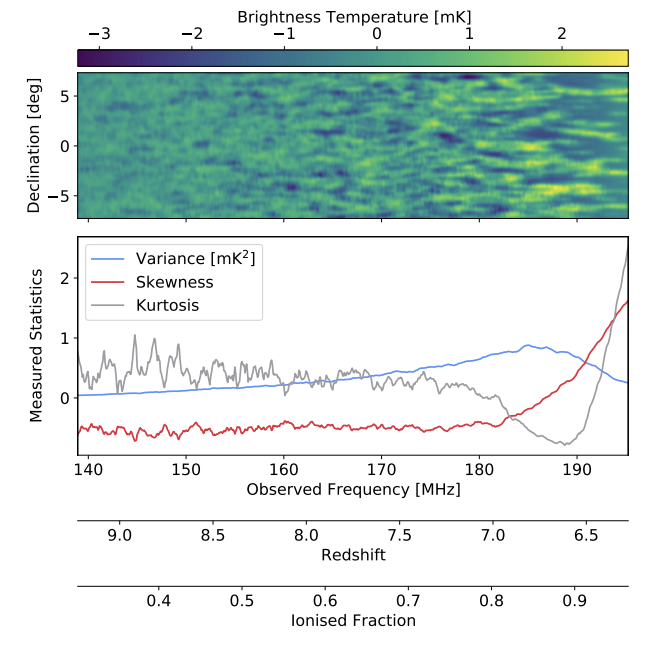
Drs. Kittiwisit, Bowman, Murray, Gehlot, Jacobs and Beardsley from the ASU School of Earth and Space Exploration recently published in Monthly Notices of the Royal Astronomical Society on simulations, run on ASU’s Agave supercomputer, of a new radio telescope, the Hydrogen Epoch of Reionization Array (HERA), currently being built by an international team. Learn more about HERA to discover how this breakthrough will provide insight on galaxies and Dark Matter.
News and Events
Research Computing GPU-focused Expo
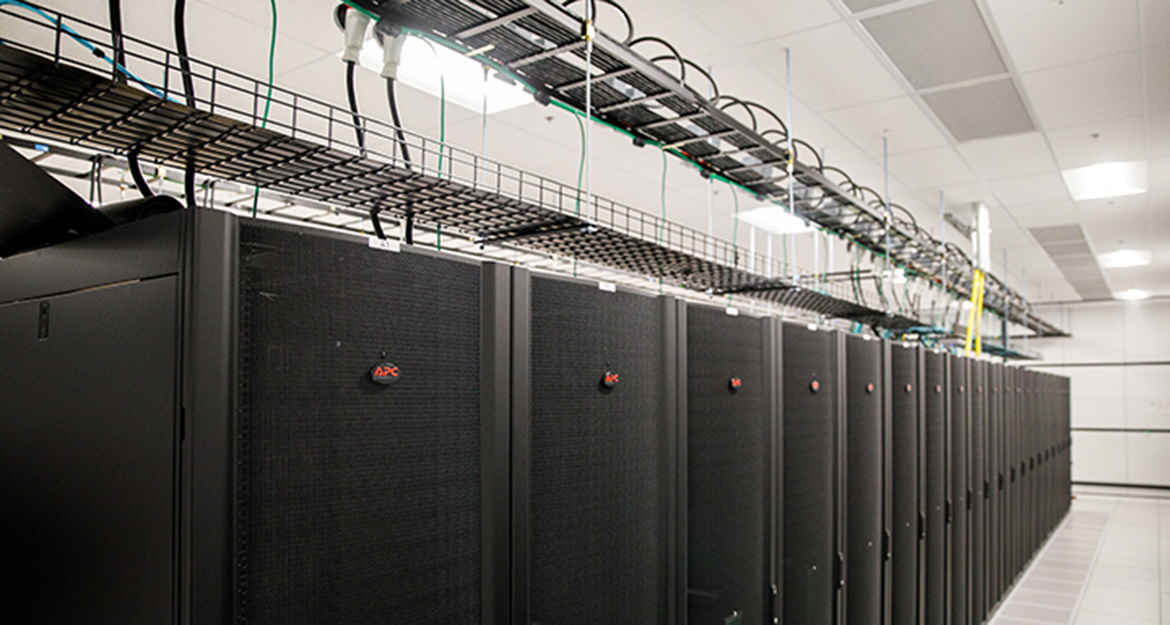
To inspire and motivate the use of Research Computing's supercomputing systems and to showcase the important applications of these powerful resources, a one day GPU-focused expo will be held on April 3, 2023 to educate students, staff, and faculty on how to use these graphics processing units (GPUs) on the new Sol supercomputer.
Publications
DNA-Protein Nanostructures! What's not to love?
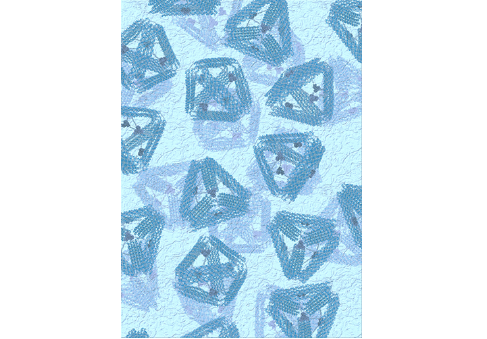
Researchers from ASU's School of Molecular Science, Eyring Materials Center, and the Center for Molecular Design and Biometrics present the combination of experimental and computational modeling tools for the design and characterization of protein–DNA hybrid nanostructures. They do this by using structural characterization methods like cryo-TEM and AFM.
More about the design and characterization of protein–DNA hybrid nanostructures.
Ikaite on infected tree wound from the Sonoran Desert
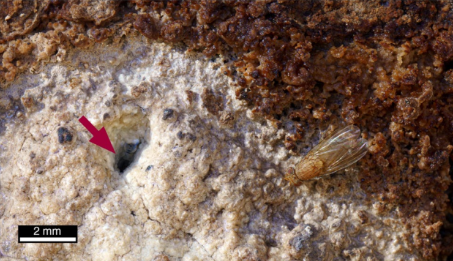
Professor Lawrence Garvie of the School of Earth and Space Exploration describes the serendipitous discovery of ikaite on a tree wound in the hot Sonoran Desert, which precipitates during short cold periods in the winter, whereas monohydrocalcite forms through most of the year.
The implications of this discovery.
Core Fun Fact: ASU Sol Supercomputer
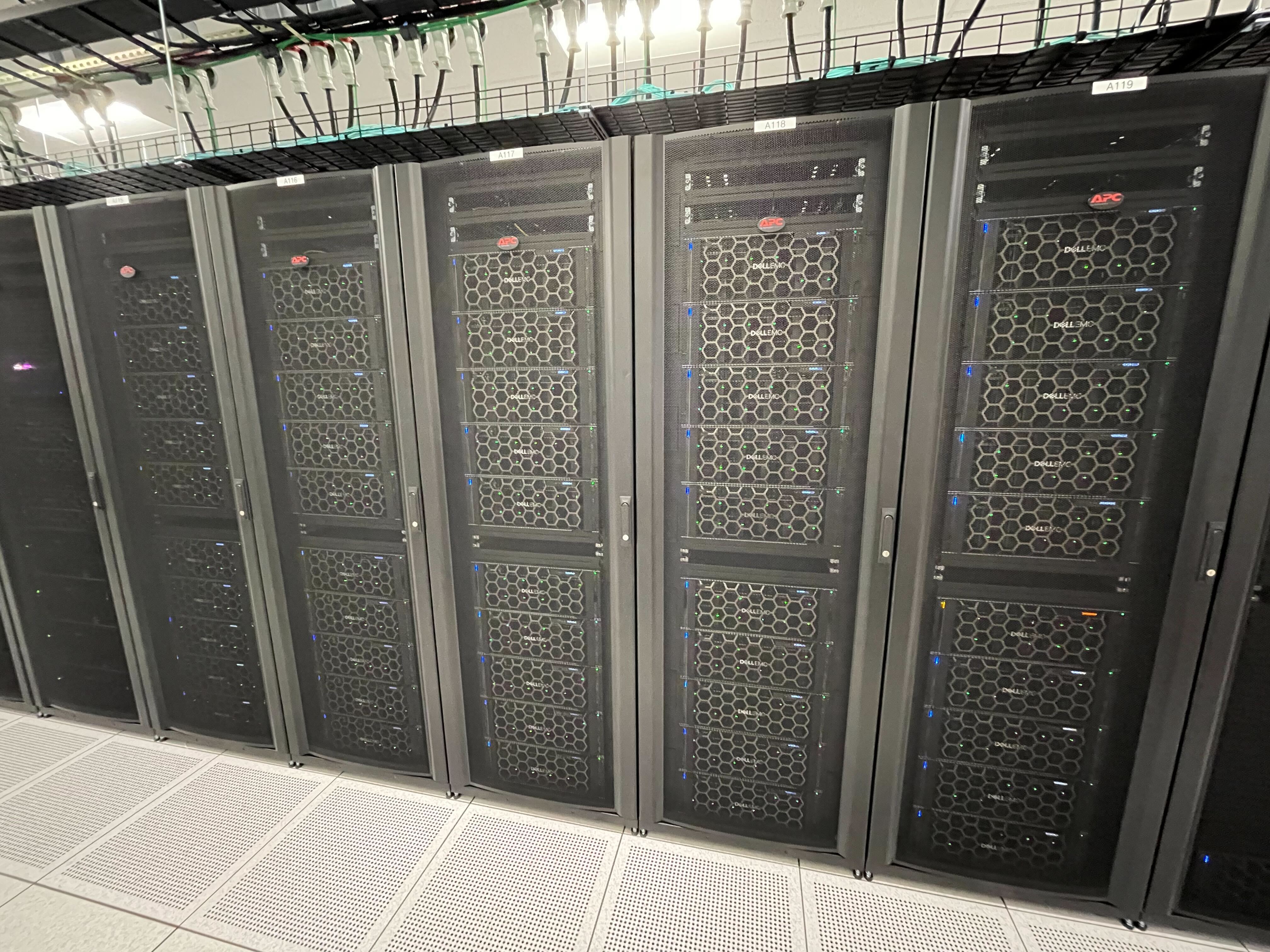
The first graphics cards were used in the 1970’s, within arcade machines, as a cheaper alternative to Random-Access Memory (RAM). However, graphics cards were not viable for consumer products until the release of the Large Scale Integration (LSI) circuit chip in the 1980’s. During the early-to-mid 1990’s, graphics cards that were capable of 3D support became more common in arcade, computer and console games. The first consumer-level GPU, meant for personal computers, was the Nvidia GeForce 256, which was released in 1999.

ASU’s Sol supercomputer has over 200 A100 GPUs available for computation. Each A100 can compute nearly 10 trillion 64 bit computations per second. If everyone on earth could type in one computation per second with hand calculators, it would take over 18 minutes what an A100 can accomplish in one second.

